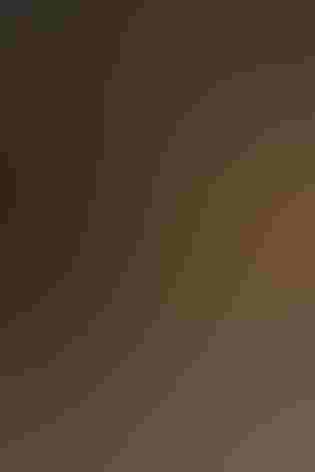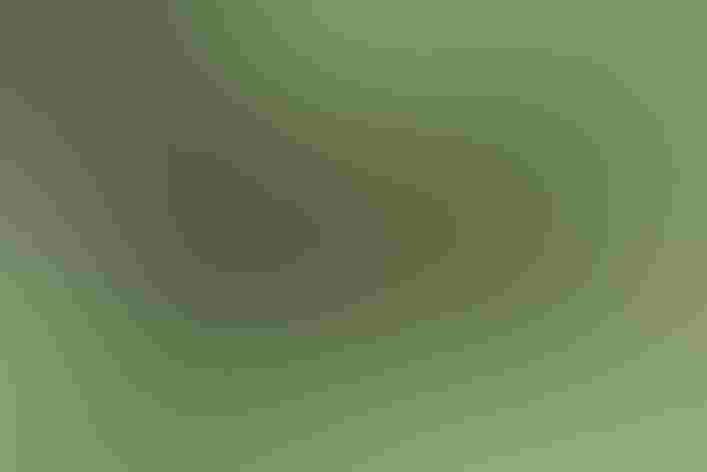House Wren
At a Glance
A familiar backyard bird, the House Wren was named long ago for its tendency to nest around human homes or in birdhouses. Very active and inquisitive, bouncing about with its short tail held up in the air, pausing to sing a rich bubbling song, it adds a lively spark to gardens and city parks despite its lack of bright colors. Various forms of this wren are found from central Canada to southern South America.
All bird guide text and rangemaps adapted from Lives of North American Birds by Kenn Kaufman© 1996, used by permission of Houghton Mifflin Harcourt Publishing Company. All rights reserved.
Category
Perching Birds, Wrens
IUCN Status
Least Concern
Habitat
Arroyos and Canyons, Desert and Arid Habitats, Fields, Meadows, and Grasslands, Forests and Woodlands, High Mountains, Shrublands, Savannas, and Thickets, Urban and Suburban Habitats
Region
California, Eastern Canada, Florida, Great Lakes, Mid Atlantic, New England, Northwest, Plains, Rocky Mountains, Southeast, Southwest, Texas, Western Canada
Behavior
Direct Flight, Flitter
Population
190.000.000
Range & Identification
Migration & Range Maps
Probably migrates at night. Males apparently migrate north slightly earlier in spring than females.
Description
4 1/2 -5 1/4" (11-13 cm). Small, hyperactive, with thin bill. Plainer than most wrens; shows faint eyebrow, thin eye-ring, bars on wings and tail. Some in Arizona mountains (intergrades with "Brown-throated" race of western Mexico) are warmer buff on throat.
Size
About the size of a Sparrow
Color
Brown, Gray, Tan
Wing Shape
Rounded
Tail Shape
Rounded, Short, Square-tipped
Songs and Calls
A gurgling, bubbling, exuberant song, first rising, then falling.
Call Pattern
Falling, Undulating
Call Type
Chirp/Chip, Trill, Whistle
Habitat
Open woods, thickets, towns, gardens. Breeds in a wide variety of semi-open habitats, including suburbs, orchards, woodlots, open forest, streamside groves, mountain pine-oak woods, and many others. Winters mostly in areas of dense low growth, including thickets and streamside brush.
Sign up for Audubon's newsletter to learn more about birds like the House Wren
Behavior
Eggs
6-7, sometimes 5-8, occasionally more. White, heavily dotted with reddish brown. Incubation is probably mostly or entirely by female, about 12-15 days.
Young
Probably both parents feed nestlings. Young leave the nest about 12-18 days after hatching. 2 broods per year, rarely 3.
Feeding Behavior
Forages very actively in dense vegetation. Forages at various levels, sometimes high in trees but usually low, searching for insects among foliage, on twigs and branches, in the bark of tree trunks, and on the ground.
Diet
Mostly insects. Feeds on a wide variety of insects, including beetles, true bugs, grasshoppers, crickets, caterpillars, moths, flies, and many others. Also eats many spiders, plus some millipedes and snails.
Nesting
Male defends territory by singing. Courtship involves male singing, showing the female potential nest sites. Adults often puncture the eggs of other birds nesting nearby (including other House Wrens). Male may have more than one mate; female may leave male to care for young from first brood while she moves to another male's territory and nests again. Nest site is in any kind of cavity, including natural hollows in trees and stumps, old woodpecker holes, crevices in buildings, often in nest boxes. May nest in almost any kind of enclosed space (flowerpots, parked cars, shoes, drainpipes, etc.). Site is usually low, may be high in trees, especially in western mountains. Male builds incomplete "dummy" nests in several cavities; female chooses one and finishes nest by adding lining. Nest has a foundation of twigs, topped with softer cup of plant fibers, grass, weeds, animal hair, feathers.
Conservation
Conservation Status
Declined in some areas in 19th century after introduction of House Sparrow, which competed for nest sites. Currently widespread and common, numbers probably stable.
Climate Threats Facing the House Wren
Choose a temperature scenario below to see which threats will affect this species as warming increases. The same climate change-driven threats that put birds at risk will affect other wildlife and people, too.










